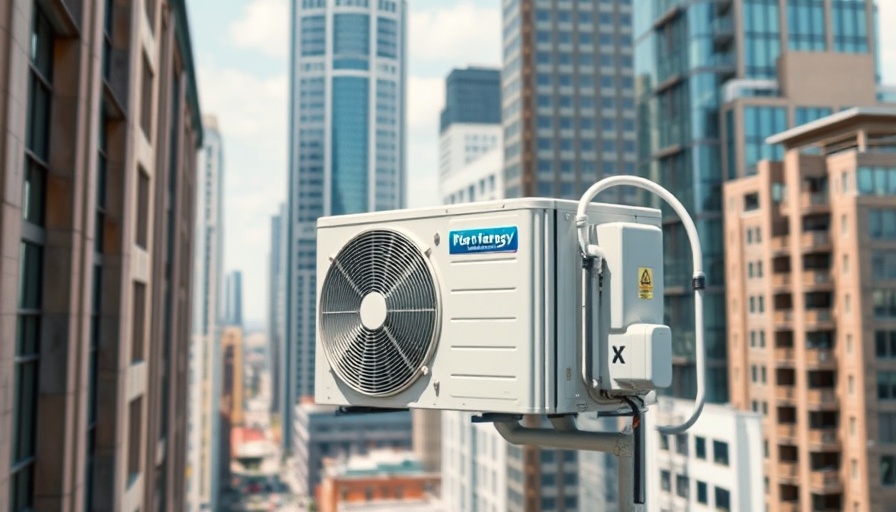
China's Growing Role in the Global Clean Energy Market
China is shaping the future of clean energy with its impressive exports of green technologies like solar panels, batteries, and electric vehicles. A recent analysis shows that in 2024 alone, China's clean energy exports are predicted to reduce global emissions by 1%. This figure represents a remarkable 220 million tonnes (MtCO2) of carbon dioxide that will not enter the atmosphere, highlighting the significant impact of China's efforts and the global transition towards sustainability.
Understanding the Emission Dynamics
Even though the manufacturing of these technologies contributes to China's own carbon footprint, the analysis emphasizes that the net gains in emission reductions dwarf these initial impacts. For example, the CO2 emissions from manufacturing the exported clean energy technologies are estimated at around 110 MtCO2 in 2024. This means that the emissions incurred from production are offset in less than a year of operation in other countries, illustrating the efficiency of renewable energy technologies and their role in combating climate change.
Long-Term Benefits of Renewable Energy Exports
When considering the lifetime operating periods of these products, the emissions offset is staggering. The lifetime savings are projected to reach approximately 4.0 gigatonnes of carbon dioxide (GtCO2). Such figures highlight not only the immediate benefits of utilizing clean energy technologies but also their long-term contributions towards a sustainable future.
Regional Insights: Impact in Developing Areas
The implications of China’s clean energy exports stretch beyond simple emission reductions. Regions like sub-Saharan Africa and the Middle East and North Africa (MENA) are set to experience even more significant benefits, with potential annual emission reductions of 3% and 4.5% respectively once these technologies are fully deployed.
Challenges and Opportunities in Financing
Despite China’s dominance as a manufacturer of clean-energy technologies, funding for clean energy development largely comes from institutions outside of China. About three-fourths of the project value resides in other countries, presenting both challenges and opportunities. As global demand increases for solar power and other renewable technologies, Chinese companies stand to gain significantly while playing an integral role in global sustainability initiatives.
The Future of Clean Energy Exports
The outlook for China’s clean energy innovations and exports is promising as they continue to evolve and expand. With plans to build overseas manufacturing facilities and fund clean power projects, China appears on track to increase its impact on global emissions. This proactive approach positions China not only as a leader in manufacturing but also as a catalyst for global climate action.
Why This Matters to the Eco-Conscious Consumer
Understanding the dynamics of clean energy exports is essential for eco-conscious readers who wish to align their consumption habits with sustainable practices. By choosing eco-friendly products and supporting companies that prioritize sustainability, consumers can contribute to the larger movement toward reducing the overall carbon footprint and fostering a clean energy future.
Conclusion: A Call to Action for Sustainable Living
As consumers, we hold the power to drive change through our purchasing choices. Embracing sustainable living, renewable energy, and supporting green technology initiatives can create a ripple effect that not only benefits the environment but also encourages companies to adopt more sustainable practices. Let’s join efforts in championing a cleaner, greener future by making educated, eco-friendly choices in our daily lives.
 Add Row
Add Row  Add
Add 



Write A Comment